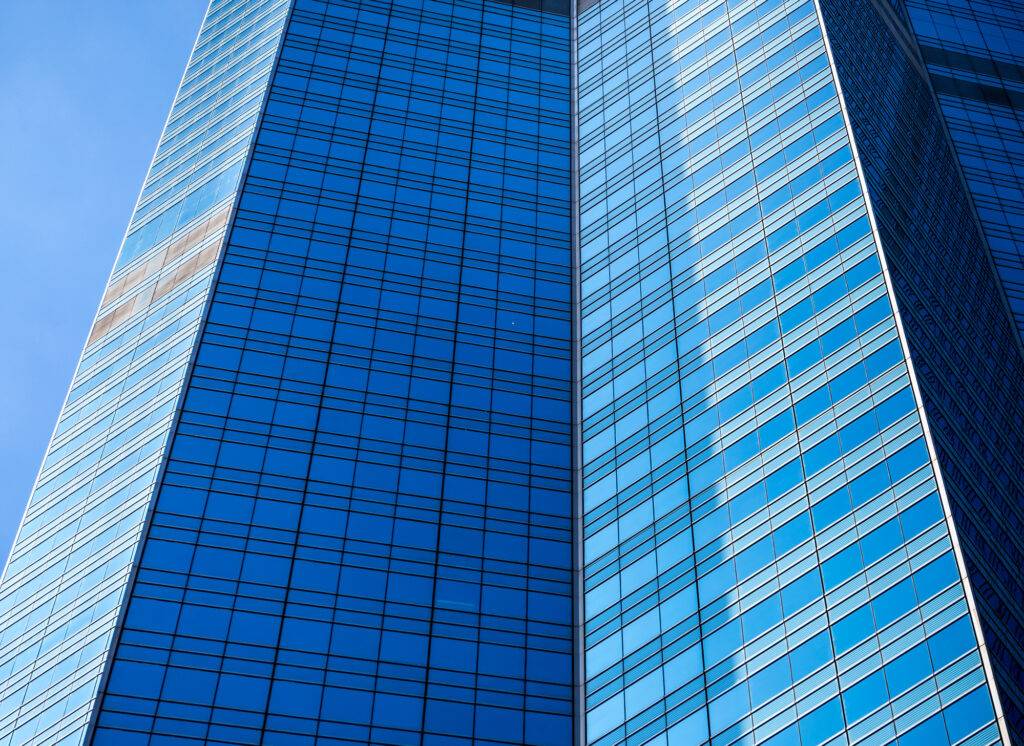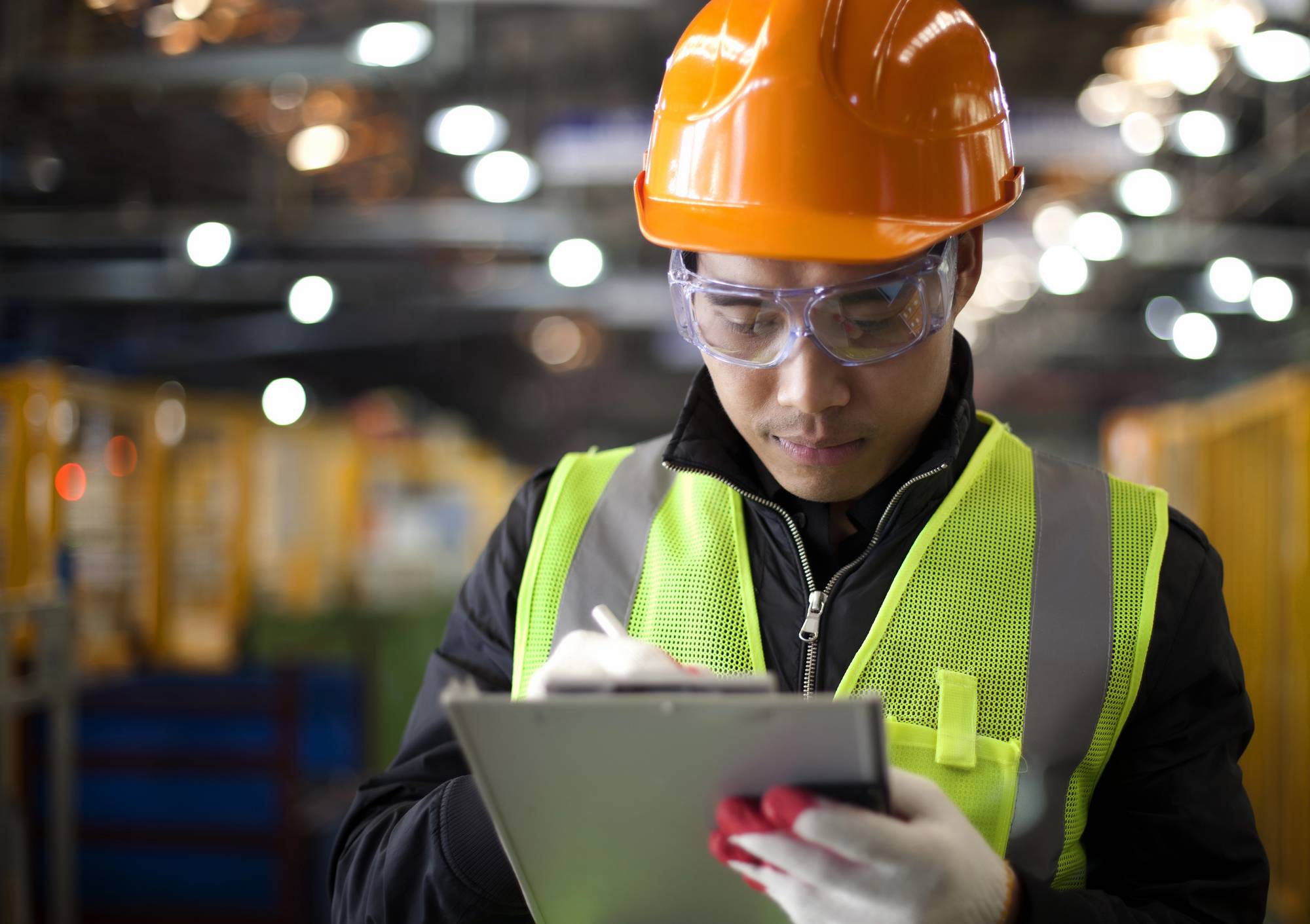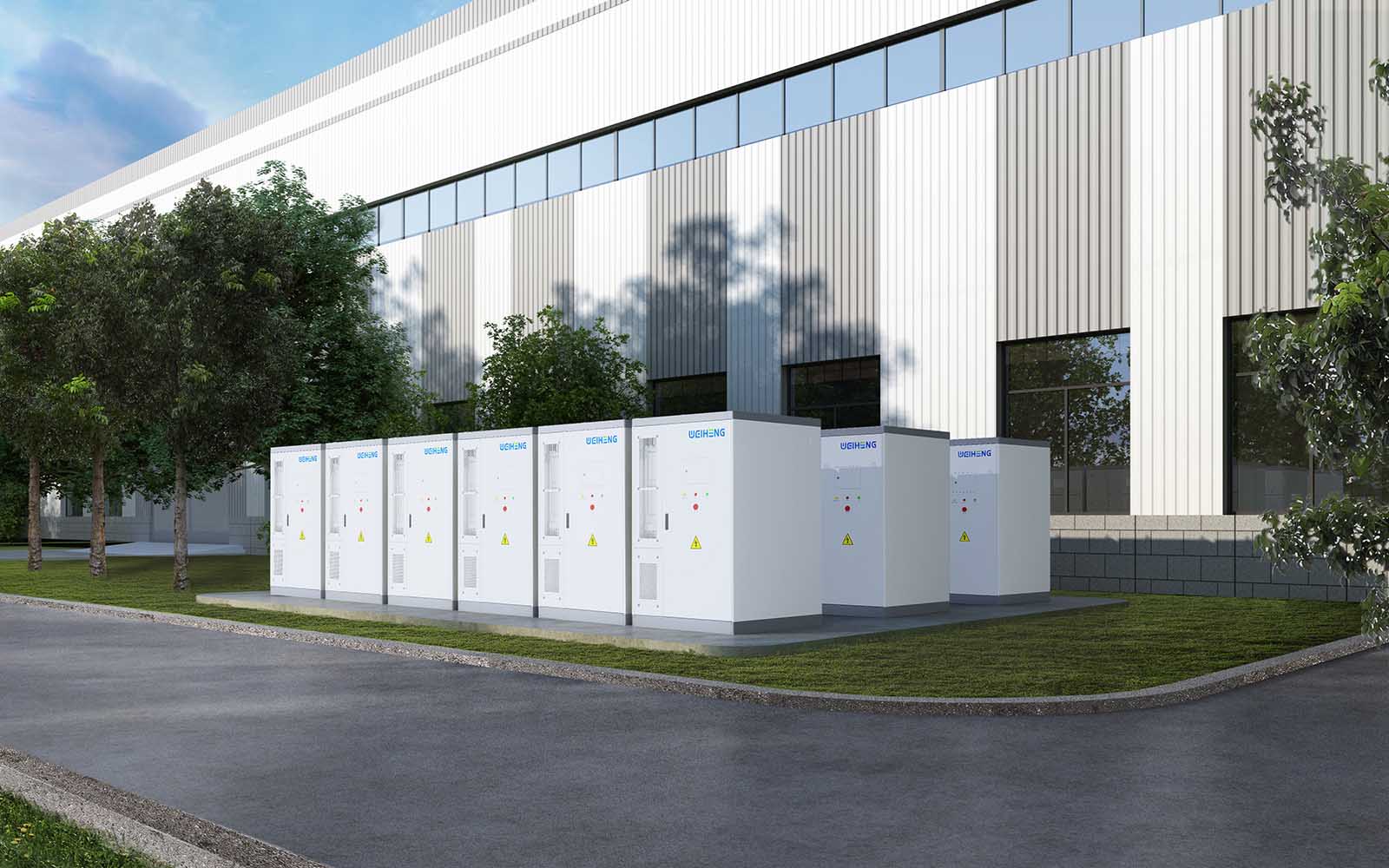
As cities change, so do their forms and functions, mostly as a result of the quest for sustainability. Building integrated solar technologies are major participants in this revolution since they include photovoltaic systems straight into building construction. Through space maximisation and energy efficiency improvement, these solutions—known as building integrated PV—are revolutionising urban settings.
True to the aspirational aims of modern architectural design, we may produce smarter, greener, and more energy-efficient metropolitan areas by incorporating solar into the fabric of both new and existing structures.
What is Building Integrated Solar?
A ground-breaking method of solar technology, building integrated solar (BIS) integrates photovoltaic (PV) panels directly into building components like windows, facades, and roofs. Building integrated PV, in contrast to traditional solar systems, which sit atop buildings, is made to look perfectly natural and fulfil both functional and decorative functions. This dual use not only helps buildings become more energy-autonomous but also preserves important urban space.
Solar panels fitted into a building turn regular surfaces into active energy producers. By doing this, creating integrated PV reduces a building’s carbon footprint and dependence on grid-supplied electricity, therefore contributing significantly to sustainable development. Building integrated solar, then, is a design philosophy as much as an energy solution that challenges developers and architects to reconsider how structures are constructed and powered.
Benefits of Building Integrated PV
A wise decision for contemporary urban development, building integrated solar systems provides several benefits. First off, building energy efficiency is greatly increased when BIS is included. On-site production of clean, renewable energy using these systems lowers greenhouse gas emissions and dependence on fossil fuels. This immediately supports international initiatives for sustainability and carbon reduction.
Moreover, integrated PV building aesthetics change the game in real estate development. Building integrated solar panels are made to blend in with a building’s façade, therefore preserving or even improving its architectural beauty, unlike conventional solar panels, which can be aesthetically obtrusive. A property’s market value can be raised by this smooth integration, which will also appeal to environmentally concerned tenants and buyers who value sustainability and energy efficiency in their living or work areas.
Building integrated solar also usually satisfies higher environmental certification requirements, which improves the building’s competitiveness in the real estate market in addition to promoting a favourable environmental effect. The combination of attractive appearance and useful energy generation makes building integrated PV an essential element of contemporary, environmentally friendly urban architecture.
Technological Advancements in BIS
Significant technical advances in the field of building integrated solar have improved PV system integration and functioning in building designs. Modern architecture is finding building integrated PV to be a more and more attractive and efficient choice because of advances in photovoltaic technology.
A major development is the creation of transparent solar panels. Natural light can enter buildings, and power is produced at the same time by these panels being included in windows and glass facades. With natural light valued but energy efficiency equally critical, office buildings and retail spaces benefit especially from this dual functionality.
Moreover, the versatility of integrated solar buildings has been increased by developments in thin-film solar panels. Because these panels are flexible as well as lighter, they can be used on uneven surfaces, including curving walls and unusual roof forms. For architects and designers, this adaptability creates new opportunities to creatively and innovatively integrate solar electricity.
The increasing accessibility and attractiveness of building integrated solar due to these technical developments are promoting its wider use in a wider range of building types. Modern technology, combined with traditional construction materials, is expanding the parameters of sustainable building methods.
Regulatory Support and Incentives
The integration of renewable energy technology into urban development is considerably aided by several regulatory frameworks and incentives that assist the acceptance and growth of building integrated solar. Governments all across the world are putting into place laws that make developing integrated PV more economically feasible and less bureaucratically difficult.
Tax credits, rebates, and grants are among the substantial financial incentives that are offered in many areas, especially for the construction of integrated solar projects. These incentives reduce the initial outlay of funds, opening up BIS solutions to developers and property owners. Some governments, for instance, provide buildings that satisfy specific energy efficiency or renewable energy requirements with lower VAT rates or extra tax benefits.
Project approvals and installations can be accelerated on the regulatory front with simplified permitting procedures and standards designed for integrated solar buildings. Building integrated PV systems ensures the fulfilment of safety and performance requirements without undue delays due to such regulatory support, which also makes the installation process easier and offers a clear route for compliance.
Building integrated solar requires certain supporting actions in order to establish a favourable climate and allow more buildings to contribute to a sustainable and energy-efficient future.
Challenges and Considerations
Even if integrated solar buildings have many benefits, putting these systems into place is not without difficulties. One of the main factors to take into account is the initial outlay, which is higher than with conventional solar systems. Custom solutions suited to the architecture of each building are necessary for creating integrated PV, which can increase the initial outlay. Planning and construction can also become more difficult when solar technology is included in building design and requires cooperation between engineers, architects, and solar experts.
The efficiency of creating integrated solar panels as opposed to conventional solar panels is another issue. Even when technology has developed, the orientation and aesthetic integration needed for building integrated PV might occasionally lead to less ideal sun exposure, which could lower the overall energy generation of the system.
Moreover, integrated solar maintenance and repair can be more difficult than with conventional systems. The PV panels are part of the construction of the building; hence, replacing or repairing them might be more costly and disruptive.
Notwithstanding these obstacles, the long-term gains from increased property values, lower carbon footprints, and better energy efficiency can exceed the early setbacks. To optimise the advantages of integrating solar in urban settings, these issues need meticulous planning and creative thinking.
A Note on Battery Energy Storage Systems
With all that solar harnessing technology, you’ll want the storage to back it up. Here at eCactus Solar UK, we provide an array of Battery Energy Storage Systems to help make sure all of that captured sunlight doesn’t go to waste even when the sun isn’t shining.

To wrap up, building integrated solar is combining cutting-edge architectural ideas with sustainability to completely change urban architecture. BIS is a key technology advancing environmental responsibility and energy independence, as long as urban growth and climate change continue to be problems.







